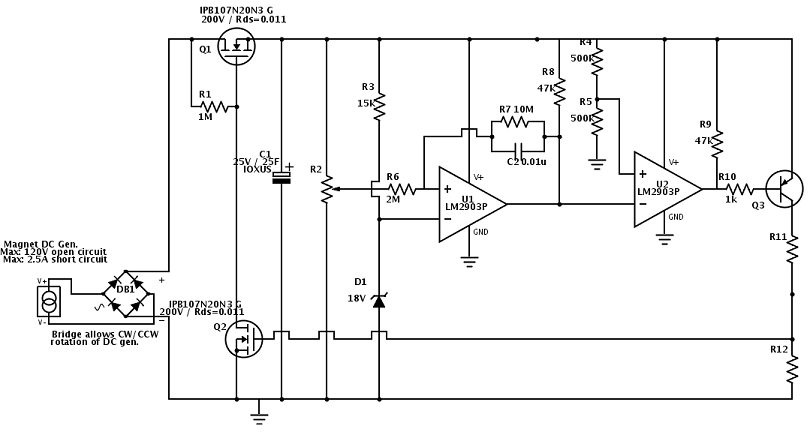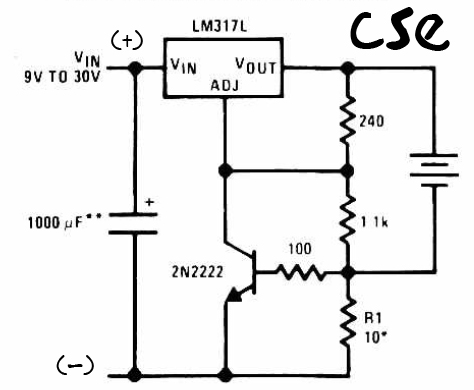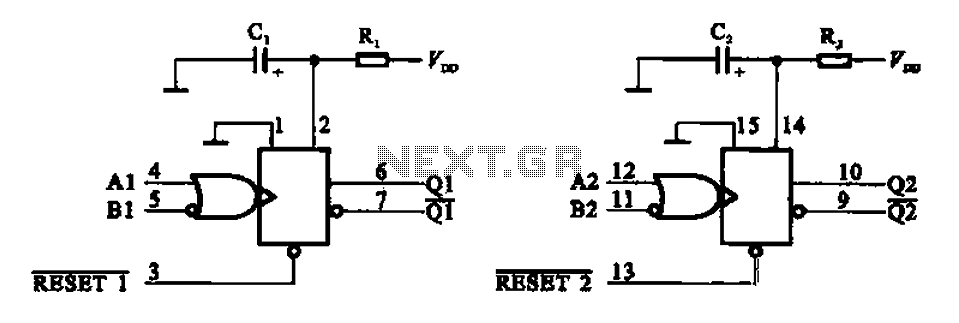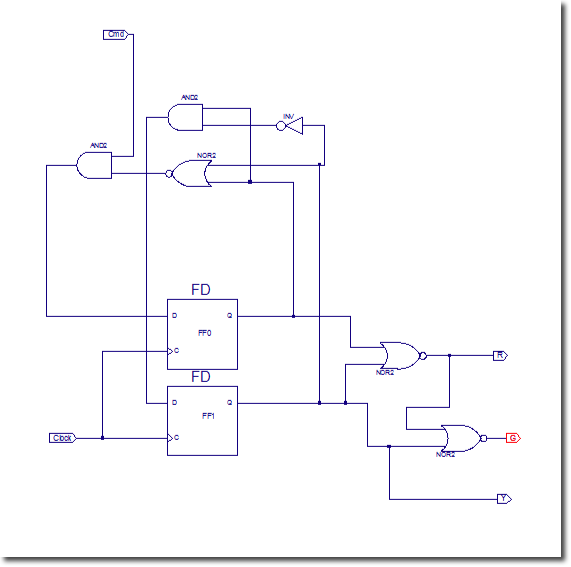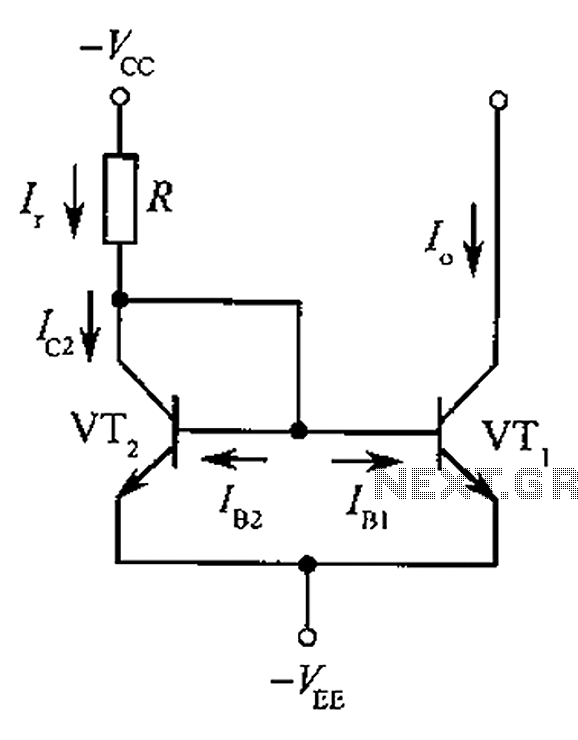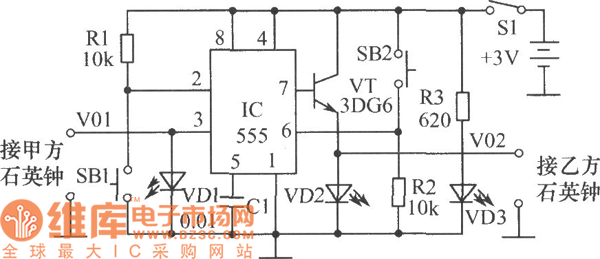
Infrared Toggle Switch schematic diagram
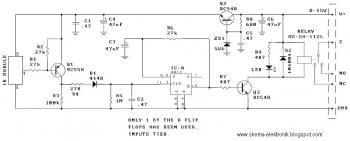
All modern infrared (IR) remote control devices generate a continuous coded stream of pulses at 37.9 kHz when any button on the device is pressed. These IR pulses are received and decoded by a compatible device, such as a television or VCR, which then activates the corresponding function. In this kit, the coded stream is transformed into a single pulse, which is utilized to toggle a relay on and off. The specific coded information is not retained; only the detection of a button press from the remote control unit is registered.
The circuit operates by utilizing an IR receiver module that is sensitive to the 37.9 kHz frequency emitted by standard IR remote controls. When a button is pressed, the IR receiver detects the modulated signal and converts it to a digital output. This output is then fed into a microcontroller or a simple logic circuit that processes the signal.
The conversion of the coded stream into a single pulse is crucial for the operation of the relay. This is typically achieved using a monostable multivibrator, which generates a fixed-width pulse in response to the input signal from the IR receiver. The duration of this pulse can be adjusted to ensure reliable toggling of the relay without false triggering.
The relay itself is used to control higher power devices, allowing the circuit to act as a remote switch. When the relay is activated by the pulse, it closes or opens the circuit connected to the load, effectively turning it on or off.
This design is particularly useful in applications where remote control of electrical devices is desired, such as in home automation systems. However, it is important to note that while the system can detect button presses, it does not retain the specific commands or functions associated with each button, simplifying the design and reducing the complexity of the circuit.
Overall, this IR remote control relay kit offers a straightforward solution for remote switching applications, leveraging existing remote control technology to provide a practical and efficient means of operation.All modern IR remote control devices produce a continuous coded stream of pulses at 37. 9 kHz when any button on the module is pressed. These IR pulses are detected and decoded by a receiver (your TV, VCR etc. ) and the appropriate function activated. In our Kit the coded stream is converted into a single pulse and that single pulse is used to toggl e a relay on & off. The coded information is lost. Only the fact that a button was pressed on your remote control unit is detected. 🔗 External reference
The circuit operates by utilizing an IR receiver module that is sensitive to the 37.9 kHz frequency emitted by standard IR remote controls. When a button is pressed, the IR receiver detects the modulated signal and converts it to a digital output. This output is then fed into a microcontroller or a simple logic circuit that processes the signal.
The conversion of the coded stream into a single pulse is crucial for the operation of the relay. This is typically achieved using a monostable multivibrator, which generates a fixed-width pulse in response to the input signal from the IR receiver. The duration of this pulse can be adjusted to ensure reliable toggling of the relay without false triggering.
The relay itself is used to control higher power devices, allowing the circuit to act as a remote switch. When the relay is activated by the pulse, it closes or opens the circuit connected to the load, effectively turning it on or off.
This design is particularly useful in applications where remote control of electrical devices is desired, such as in home automation systems. However, it is important to note that while the system can detect button presses, it does not retain the specific commands or functions associated with each button, simplifying the design and reducing the complexity of the circuit.
Overall, this IR remote control relay kit offers a straightforward solution for remote switching applications, leveraging existing remote control technology to provide a practical and efficient means of operation.All modern IR remote control devices produce a continuous coded stream of pulses at 37. 9 kHz when any button on the module is pressed. These IR pulses are detected and decoded by a receiver (your TV, VCR etc. ) and the appropriate function activated. In our Kit the coded stream is converted into a single pulse and that single pulse is used to toggl e a relay on & off. The coded information is lost. Only the fact that a button was pressed on your remote control unit is detected. 🔗 External reference
